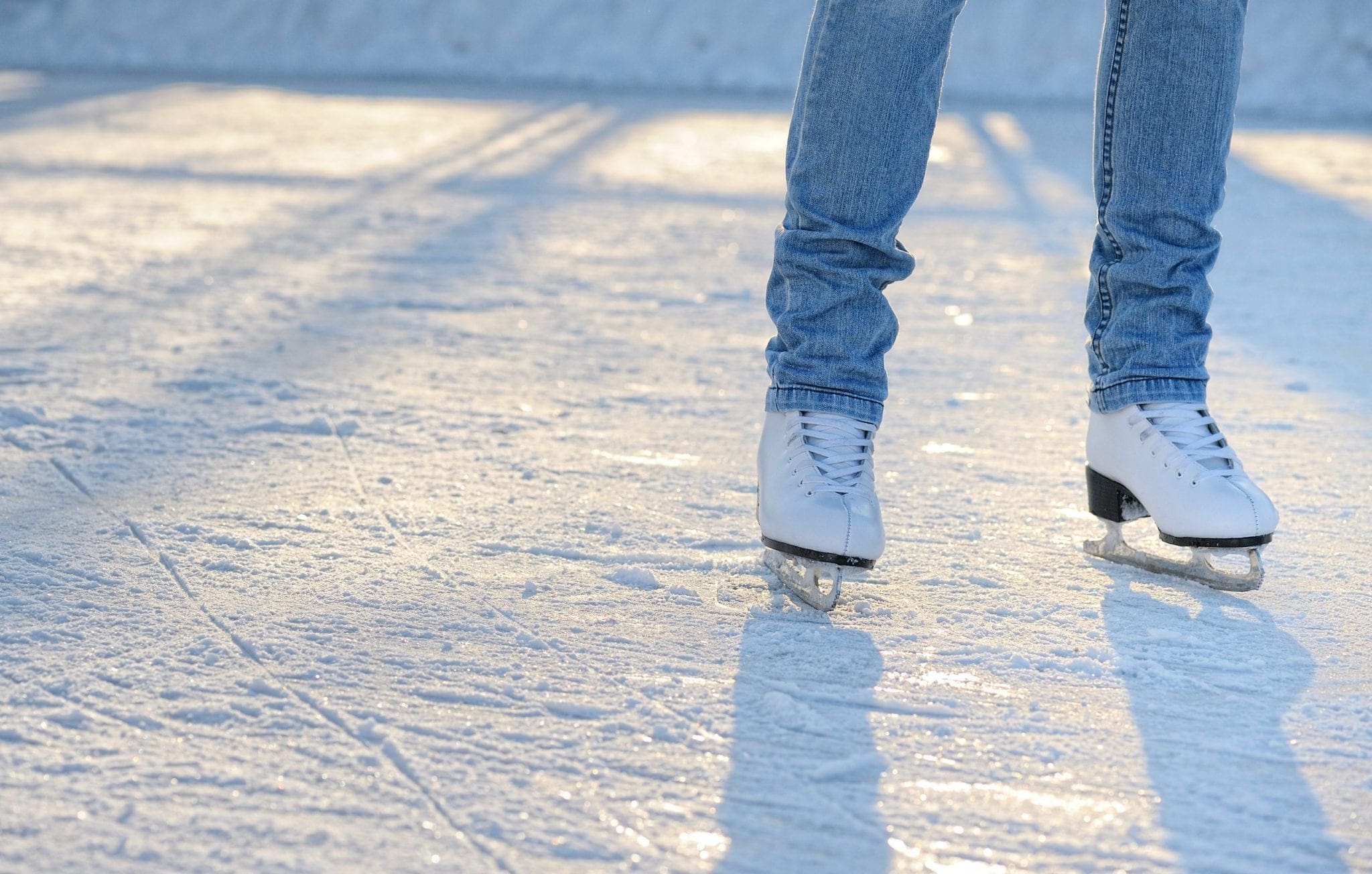
Whether you’re skating in an indoor ring or are enjoying the great outdoors on the ice in a winter wonderland, you’ll still need to take the sport seriously. A recreational skater can even be more prone to getting an injury than a professional one—because of the lack of experience or practice.
That’s why skating properly to avoid injury is extremely important—especially if you are just a seasonal, once-in-a-while skater.
Now, we don’t mean that you necessarily have to have perfect skill and form. All we’re saying is that you should definitely mind your form and try to do your best in following safety guidelines and regard what any instructor or teacher has to say about learning how to skate.
Ice Skating Injuries
As one of the more-susceptible-to-injury winter sports, like skiing and snowboarding, skating may look graceful, but it can also just as quickly turn into a fun day gone bad.
Not only can a day of ice skating lead to sudden or even developing injuries to your feet, but you can also get injured in other parts of your body, including breaking of bones from falls, torn ligaments from sudden, uncontrollable movements, and even a pulled muscle or two.
To focus on your lower body, we want to centralize our safety guidelines and tips on your feet and ankles. To help keep your feet safe from injury when ice skating, we’ve put together a few tips to not only help you while you lace up your skates and head out on the ice, but also to keep in mind if you have little ones joining you in the rink.
Ice skating can lead to quite a long list of foot and ankle problems—even if you are just going out onto the rink once or twice in a year. Especially if you’re out of practice, there are a few foot and ankle ailments that might pop up, even from just an hour or two out there on the ice.
A few foot and ankle problems that can result from ice skating are:
- Blisters
- Ankle Sprains
- Stress Fractures
- Bunions
- Hammertoes
- Plantar Fasciitis
- Achilles tendonitis
- Nail trauma
- Malleolar bursitis
With most of these feet injuries, they are normally caused by the ice skates themselves. If the skates already don’t fit you properly, imagine how any action you take while wearing them can cause you pain and other issues!
While skating, sudden stops, sharp turns, and even attempting jumps can also make you much more susceptible to the pressure in your feet and ankles, making you more susceptible to getting an injury.
If you have a beginner skater on your hands (whether it’s you or your child), you definitely want to make the starting environment as safe as possible since you’re already unsure of how the skating process will go.
Ice Skating Safety Tips
As most seasonal skaters, you’ll probably be renting out skates at the rink. However, if you’re looking for a cheap pair for the winter season, you’ll definitely want to go for figure skates rather than hockey skates.
The build of a figure skating skate has more of a gentle curve to it when compared to those on the hockey skates. This longer, shallow curve will help you find your balance and distribute your weight better, making it a perfect choice for a beginning skater.
Before you buy or rent, here are a few other tips to follow:
- Make sure they fit! The fit of your skates is one of the most important features that they can have (rather than worrying about all the other “extra” details). To make sure it’s a good fit, your big toe should not be hitting the top of the boot.
- To get numerical to know the proper size of a good skate, keep “5 percent” in mind. This helps mainly when you’re sorting out the size of your child’s skates. The weight of the skate should never be more than 5% of your child’s weight. If your kid weighs 90 lbs, for example, the skate should weigh around 4.5 lbs.
- Make sure you’re laced up properly! When in doubt, get an expert or someone who is working the shop to help you lace up your or your child’s skates. If you have laced your skates up too tightly, this can lead to blisters, lace bite, and other painful problems. However, it should also be tight enough that you can only fit two fingers between the tongue and your ankle.
- Consider wearing an insert or orthotic in your skates. It might be that you only go ice skating once or twice in the winter season. However, having an insert handy to slip into your rentals can come into play successfully. These inserts customized to your feet can help prevent heel pain and even Achilles tendonitis.
We hope that this winter season that you are not only enjoying a great sport like skating with your family and loved ones, but also doing so safely! Need more tips? Check out the rest of our blog to learn more!

